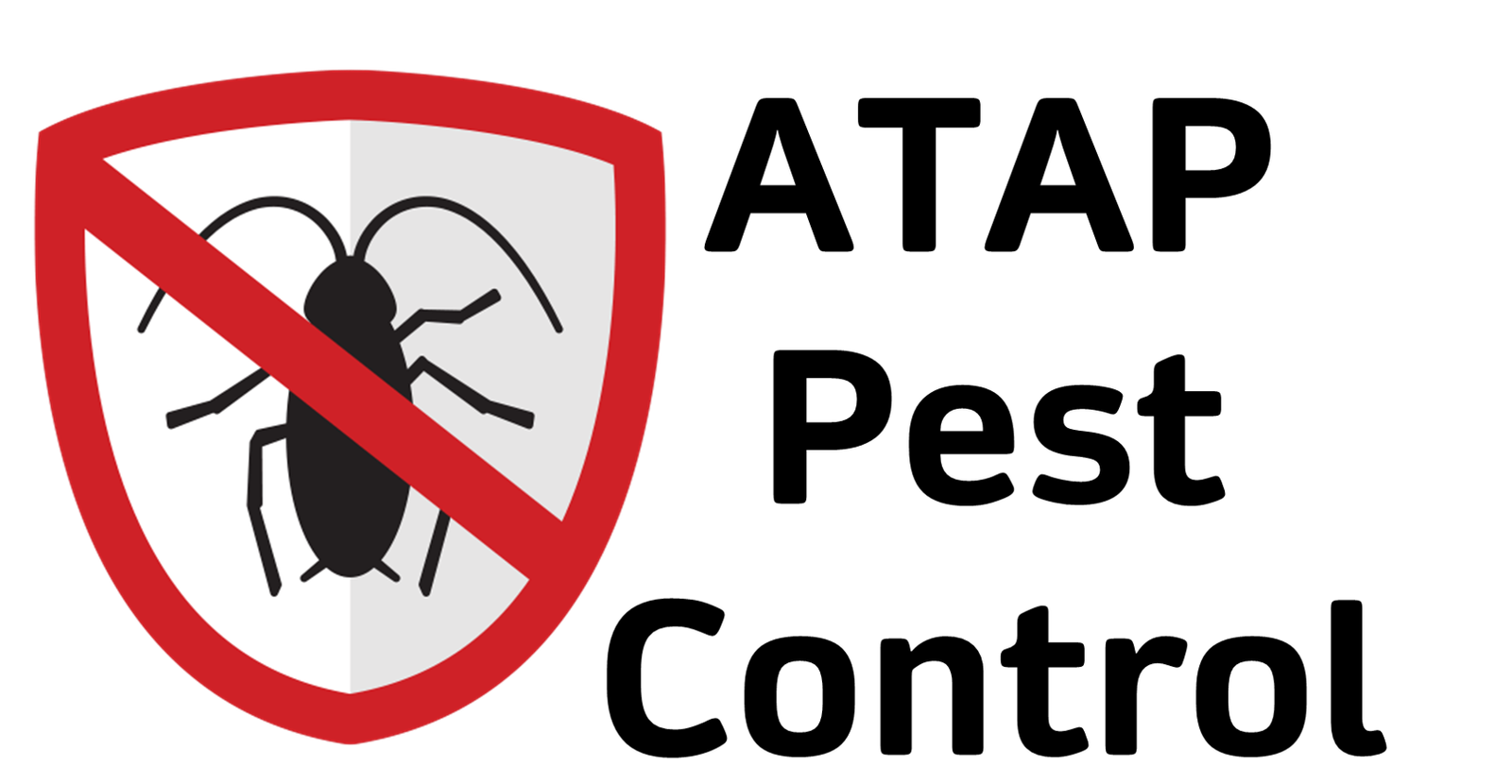For years, the name “termite” has instilled horror in the hearts of homeowners. Learn more about termite nests and how to spot infestation indications.
Termites. These homewreckers can cost tens of thousands of dollars in repairs and damage. Learn how to recognize a termite colony and how to avoid them.
Termites reside in nests or mounds. Termite mounds, on the other hand, are not commonly seen in the United States. The termite species found in the United States do not construct mounds. Their nests are located underground. Find important information on termites, termite nests, termite exterminators and termite damage in the sections below.
Q: Who should I be on the lookout for?
A: In the United States, subterranean termites are the most common and economically dangerous termite species. The drying effects of too much exposure to air might kill these termites, hence they normally build their termite nests in dirt.
Dry wood termites don’t require the same amount of moisture as other termites. They are looking for dry, sound timber. They can be found along the Gulf Coast and in the southern coastal portions of both the Pacific and Atlantic oceans.
Damp wood termites are attracted to moist wood. They can be found along the Pacific Coast, in the desert Southwest, in southern Florida, and in the Caribbean.
Q: How do I know what to look for?
A: If you’re looking for subterranean termites, search for hollowed-out or honeycombed wood. You might also notice dirt tunnels and grayish or brownish specks of feces.
Close inspection of wood surfaces right above an accumulation of pellets can sometimes reveal dry wood termite damage.
Look for areas of excess moisture in your home to detect damp wood termites. Then seek for pellets in or beneath the wood.
Q: WHEN SHOULD I BE ON THE LOOKOUT?
A: Termites enjoy warm weather and are most active from spring to fall.
They can, of course, stay active all year in warmer climates. They are frequently less active during the winter months in cooler locations.
Q: HOW DO I KNOW WHERE TO LOOK?
A: Subterranean termite colonies are rarely observed because they are underground. Termite mud tubes, on the other hand, are developed to connect the nest to the source of food, which is your home. Examine all the points where the dirt contacts your house. Termites are active in your home if a mud tube is broken and rebuilt.
Dry wood termites prefer the wood of building structures, door frames, furniture, hardwood flooring, and other similar structures.
Damp wood Termite infestations are usually restricted to damp or moist wood. Examine any areas that have been damaged by excessive moisture, such as roof or plumbing leaks or wood-to-earth contact.
Q: WHY are you looking?
A: Every year, termites cost $5 billion in damage. What are their methods for accomplishing this? By slipping in while no one is watching and remaining undetected for an extended period.
Termite colonies are usually underground and inconspicuous. Termites, fortunately, leave behind other signs of their presence. If you’re concerned about termites, the best solution is to have a termite pest control performed by a trained specialist.
Structures of Termite Mounds
Termites devour and digest cellulose, which is contained in wood and wood products. It’s also common knowledge that termites can cause financial harm when they infest homes or other structures.
Termites, on the other hand, are exceptional architects and constructors, and termite mounds have long been a source of fascination for humans. Some termite species, including all those found in the United States, do not construct above ground mounds, and instead live exclusively underground. Some termite species in South America, Africa, and Australia can create 26-foot-high mounds. Termite mounds can take up to five years to form in some circumstances, and termites are continually repairing damage.
Why do such small insects need to construct such massive structures?
Termites live in enormous colonies and must maintain stable temperatures, humidity, and breathing gases (such as carbon dioxide) to survive. Air passages run through the termite mounds, promoting ventilation and air circulation to facilitate gas exchange and thermoregulation. In exchange for digesting cellulose for the termites, the fungi obtain food, water, and shelter from the termites.
The exterior chimneys are warmer and emit heat during the sunny daytime hours in Savannah-type habitats, whereas the core is warmer at night. Warmer air rises through the chimneys during the day and pushes cooler air down into the core, providing ventilation, according to some scientists.
To improve ventilation, termite colonies that form their mounds in an open Savannah habitat with high temperatures would have thinner walls and taller mounds. To promote thermoregulation, termite colonies building nests in a shady woodland habitat may form mounds with thicker walls and shorter heights.
How do termites construct their nests?
Cornitermes cumulans, a common South American termite, has had its nest described by scientists (Kosarinsky 2011). The termite colony’s nest is underground at first, with a little section aboveground built of sand and clay components. The microstructure and wall porosity vary with height as the termites continue to build up the mound, and in this example, the termites produced a 1.5-meter-high mound. The walls are relatively porous, allowing for easy air passage.
Nature (for example, insects) can often provide insight into human-mediated design. Termite mounds are being studied by certain architects and engineers to develop buildings (particularly high rises) that are more energy efficient. The construction of the mounds to offer interior ventilation could be useful in future designs to lessen the demand for air conditioning.
